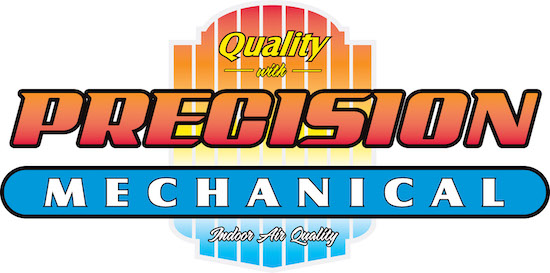We all like saving money on our monthly utility bills, but you should know there’s a way to lower energy use, even when you’re not even home.
The key is your thermostat. By learning more about its special features and settings, you can tailor the temperature to your needs. That means you can have different temperature settings for when you’re at home, away or even when you’re asleep.
With a few simple adjustments, you’ll be able to enjoy comfortable temperatures while cutting down your energy bills. Check out our guide on how your thermostat doesn’t have to use up all your summer spending money:
While at Home
When you’re home, you want a nice range of pleasant temperatures. It’s only natural to want your thermostat lower in the summer if you’re indoors to appreciate the cool air.
But the most energy-efficient temperatures for when you’re in your home during the summer is usually between 78 and 80 degrees Fahrenheit. This way, you’ll keep cool while still lowering your monthly energy bill.
While Away
When setting the temperature for whenever you’re gone, the majority of homeowners will set the thermostat higher for while they’re gone.
If your home is located somewhere a little cooler, you can set the temperature as high as 88 degrees while no one is home and then lower it back to the sweet spot of 78-80 degrees once you’re home again. This way, your air conditioning unit won’t be working overtime to cool an empty house.
While Asleep
When it comes to sleeping in the summer, you want your thermostat set at a comfortable temperature. A great place to start is between 68-72 degrees Fahrenheit. You won’t have to worry about getting too hot or too cold at some point overnight.
Other Strategies for Lowering Energy Use:
- Smart thermostat installation: Trying a smart thermostat in the summer is an excellent way to reduce energy costs since it can plan your temperature adjustments according to your lifestyle and idea of what comfortable is. A smart thermostat manages the temperature if you are home or sleeping, before allowing it to get a little warmer when no one is home. With reliable brands like the Lennox iComfort, you can adjust the temperature remotely through your smartphone, tablet or laptop. Planning smart thermostat installation in your Rapid City home is an effortless way to set the correct temperature even when you aren’t home.
- Upgrade your HVAC system: Upgrading your HVAC system saves money right from the start. With greater energy efficiency, your utility bills will be lower because it requires less energy to heat and cool your home. Air conditioning installation in Rapid City is a breeze for experienced professionals like Precision Mechanical.
- Stay on top of routine AC maintenance: Investing in or ignoring regular air conditioning maintenance in Rapid City can have a big impact on your monthly energy use. With regular cleaning of the coils, checking for damage and clearing air vents of dust and debris, this can help your HVAC system perform better during day-to-day use.. More efficient operation reduces strain on important or delicate components and lowers operational costs, leading to lower energy usage, which translates into lower energy bills.
- Replace your air filter regularly: A regular schedule for cleaning or replacing the HVAC system’s air filter saves money by improving airflow. When filters are old and less effective, your air conditioner will have to work harder, and the added strain may impact the system’s life span and result in breakdowns.
- Check your attic insulation: Insulation is one of the key components in any energy-efficient home, keeping the hot air outside and the cool air inside during the summer. The North American Insulation Manufacturers Association (NAIMA) offers an official recommendation stating homeowners in souther states should install at least 13-14 inches of insulation, while those in northern U.S. states should have 16-18 inches.
- Review your ventilation: Damage to the ventilation is capable of increasing your energy bills much more than 20 percent, plus it can potentially allow harmful emissions from your water heater, clothes dryer and other appliances throughout your home. Finding any leaks fast and sealing them can address both concerns.
- Seal all other leaky spots in your home: Sealing leaky spots in your home with caulk, foam sealant or weather-stripping can help keep it cooler on hot summer days. You should also check for any gaps around windows, doors and even outdoor fixtures. Taking the time to seal up any leaks now can help you save a lot over time.













